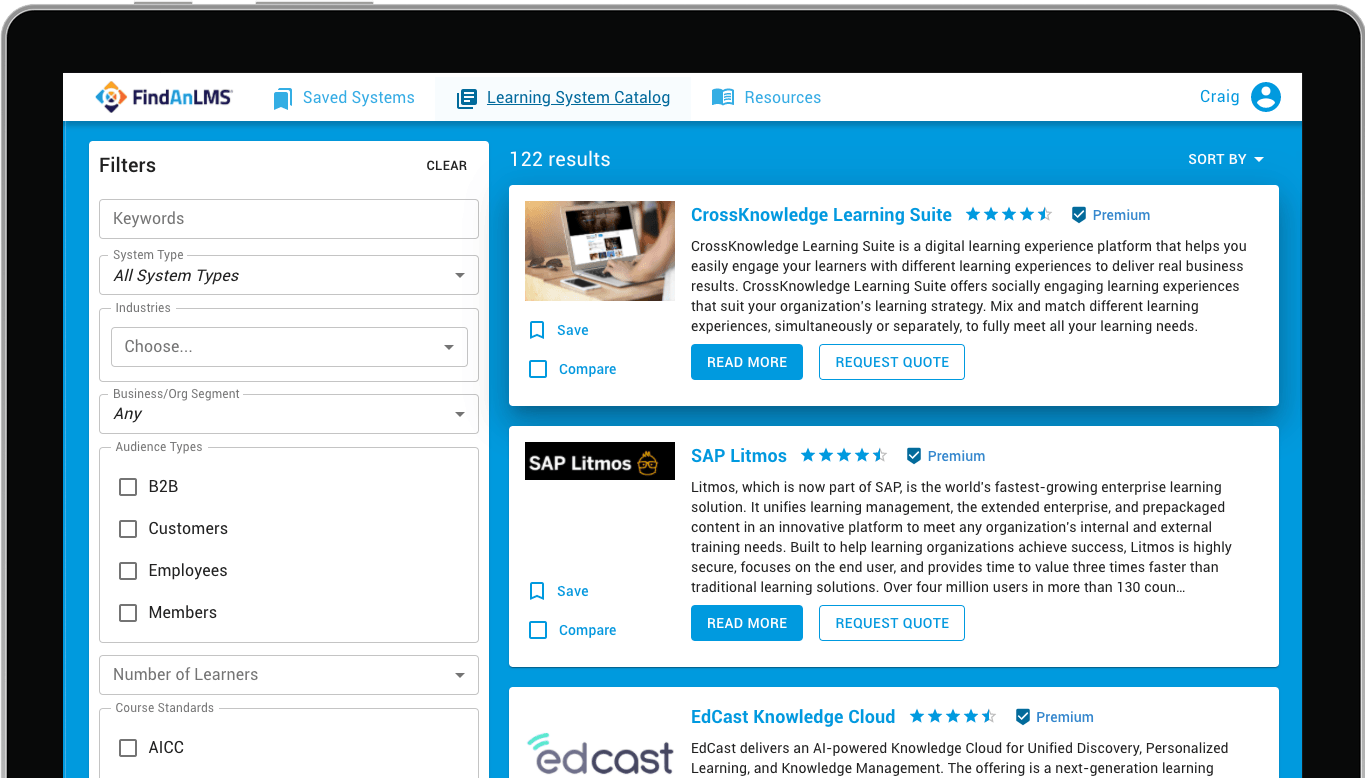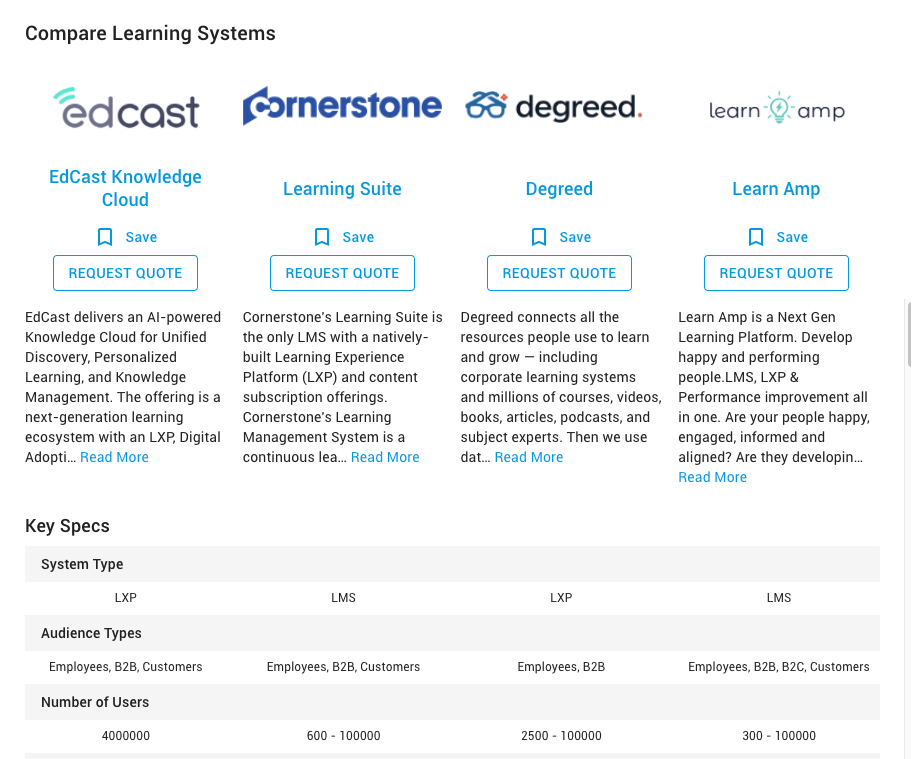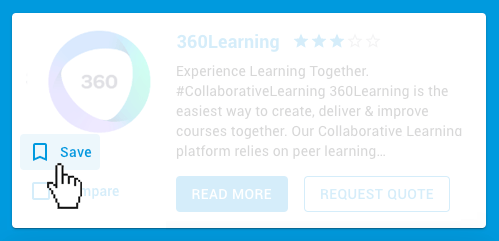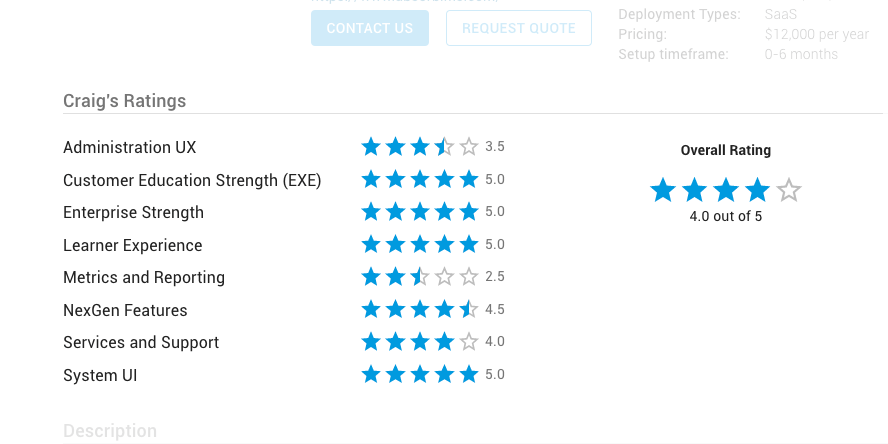A Checklist for Avoiding Common LMS Implementation Pitfalls
Once you’ve chosen a learning management system (or LMS), it can feel like the hard work is finished. You probably put hours of research into your system, and you’re confident your employees will have all of the resources they’ll need for training. If you picked the right LMS, you’ll also be able to track learning data, assign personalized learning paths to users, and store training courses in one convenient location. It’s time to let your team reap the rewards of online training, right?
Wrong! While important, choosing a great LMS is only the first step. Now, you need an LMS implementation project plan to launch your LMS successfully. Without a plan, even the best LMS might confuse employees and hurt adoption rates. Similarly, an implementation project plan shows stakeholders you’re taking LMS deployment seriously while allowing all users to familiarize themselves with the software.
A successful LMS implementation project plan entails more than one step, so it’s best to make a checklist to ensure you don’t forget anything. As for what to include in your checklist, you should seek expert advice. Craig Weiss is a thought leader in the elearning industry with over two decades of experience with online learning, so he knows a thing or two about the implementation process. Below, you’ll find nine steps for a successful system implementation. Weiss is also the driving force behind FindAnLMS.com: a collection of free resources that can help any organization find the right LMS for their needs. If you’re not ready for LMS implementation yet, you can make an account and start comparing your options today.
8 Proven Steps for Successful LMS Implementation
LMS implementation isn’t too difficult provided you have a plan and assign the right people to the project. If you don’t, finding an LMS might seem easy by comparison. Fortunately, the following implementation checklist will help you orchestrate a successful LMS launch.
- Identify your learning goals
Why is your organization choosing a new LMS? If it’s because your previous vendor wasn’t providing the data you need to identify lagging employees, actionable data is a primary concern when choosing a new system. Likewise, cloud storage becomes a must-have if your previous LMS couldn’t store all of your training courses. Your goals should always drive LMS implementation.
If your organization never had an LMS before, this step becomes more challenging but no less essential. Effective communication with your employees will let you know what they expect from a learning platform, while managers and admins can share what you should be looking for on the backend of your LMS. As a starting point, nearly every organization wants an intuitive user interface to promote adoption, native integration with popular software tools such as Salesforce, and a third-party content marketplace so you don’t always have to make your courses in-house.
- Find the right system
Once you’ve identified what platform features are most important to your organization, you can look at specific LMS platforms that offer them. FindAnLMS.com is a tremendous resource that will save you tons of time on this step. You can compare up to four systems head-to-head on the site, save your favorites, and even find contact information. FindAnLMS.com is an exclusive club, so you don’t have to worry about seeing a bad LMS listed on the platform.
Budget is a concern for every organization, and you should consider price at this stage. However, the cheapest system is rarely the best LMS for online training.
- Assign a project planning team
When you have your LMS selected, implementation can begin in earnest. The first step of the process is to assign a team to LMS implementation. Ideally, the team will include members from your organization and your software provider. From your organization, you want at least one person who understands your training needs, an IT professional to deal with any technology snafus, and at least one representative of your employees.
Your LMS should provide training on how to use the system you’ve purchased, ideally through trainers who have training experience. Sadly, some vendors rely on salespeople to train new customers even though their focus is on sales, not learning and development. You should also have a dedicated support team to answer any questions that arise and a project manager to keep things running smoothly.
- Create an LMS implementation project plan
Your implementation team should start by producing a plan detailing when and how different aspects of LMS implementation will be completed. You want your implementation plan to be as specific as possible to avoid miscommunication and unnecessary delays. The plan should also be shared with stakeholders to ensure accountability.
- Track your implementation strategy
Once your implementation plan is in place, monitor progress regularly. Is your organization hitting the prescribed benchmarks or are you falling behind? Is your training content on schedule? Share any concerns with the implementation team promptly so they can be addressed in as little time as possible.
- Add content for your LMS launch
The primary purpose of any LMS is delivering content, so you’ll need courses to launch it. Authoring content yourself is one option, but courses derived from a template frequently fail to engage employees while working from scratch requires substantial time and resources. Purchasing proven content from trustworthy vendors is often a better option for generic topics such as compliance and safety training, though you’ll have to make your courses for topics such as customer training.
- Limited LMS deployment
When you think you’re ready, it’s best to perform a soft LMS launch by making it available to a limited number of users. These employees can share feedback early on, allowing any issues to be addressed much more easily than they could be if the entire organization had access.
You want this beta test to be as real as possible, so the content offered should closely mirror what you plan to offer your team. The small group of employees should also try taking assessments so admins can see what data collection looks like.
- Implement your LMS organization-wide
If the beta test goes well, your team can repeat it with all employees included. Having more employees means that you will probably find issues the initial test missed, so your IT team should be on standby to help. This will be the first impression for most users, and a positive experience will go a long way toward increasing adoption.
- Plan for an ongoing implementation process
Employees will eventually feel more comfortable with the new LMS, but LMS implementation is never over. Instead, you should always be soliciting feedback from users to help you better understand what content they’re looking for, what they like and dislike about the platform, and what would help them make the most of the training opportunities you provide.
Implementing a successful LMS begins with FindAnLMS.com
Implementing an LMS project plan can feel daunting, but it becomes easier with a clearly defined implementation timeline. If you need help writing a checklist or comparing LMS solutions, make a free account on FindAnLMS.com today! Craig Weiss has the elearning expertise you need for anything and everything related to online learning.







